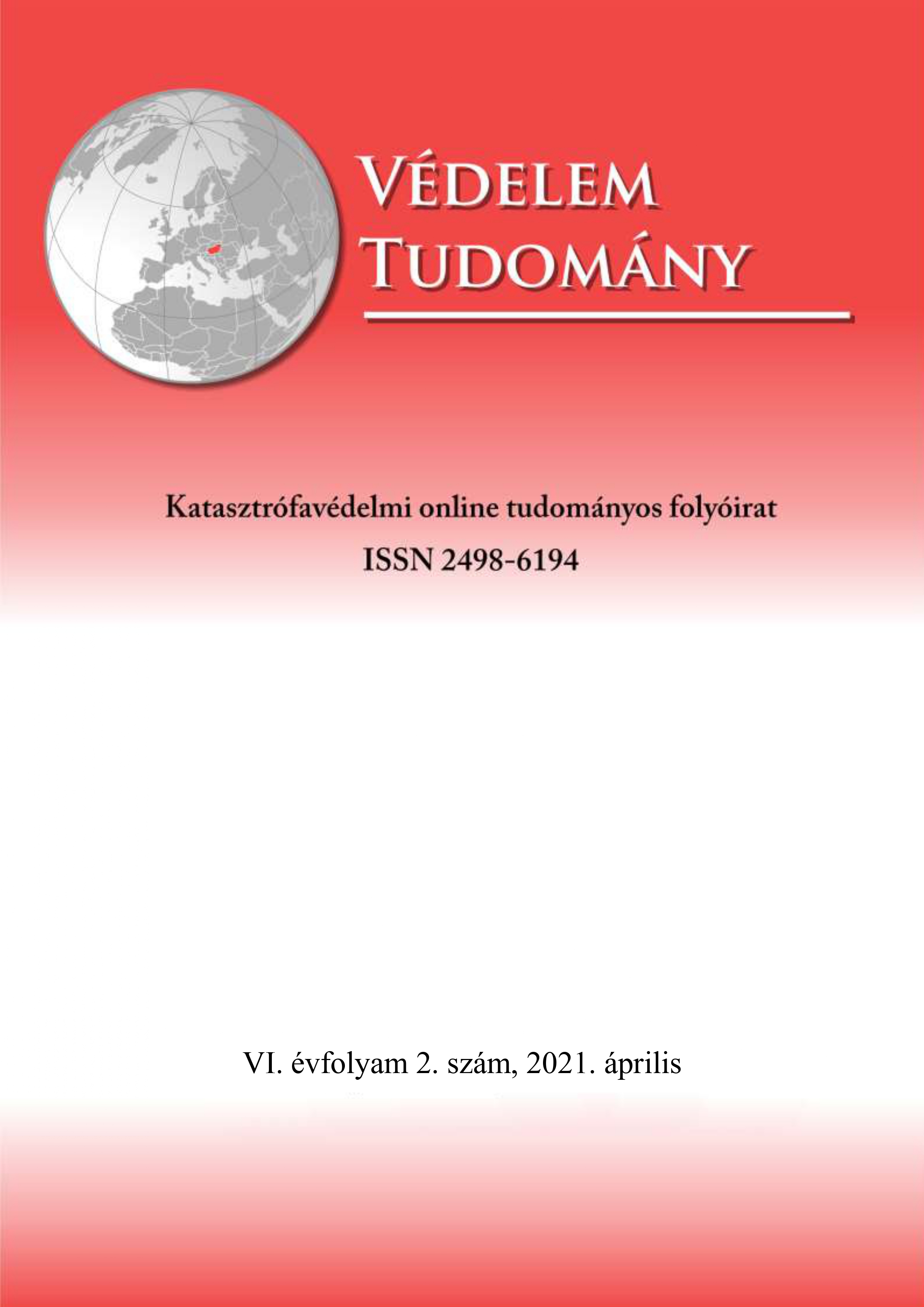Testing timber as a construction material with CT
Abstract
Timber as a construction material is different at its core from most other construction materials, as it is result of a procecced living organism. The available usecases of timber vary based on its quality and the faults. The nondestructive tests became prominent in this field because most faults evolve in the growing plants, so in some cases for example for detecting and tracking illness in a population, it is advatageous to examine the living trees. Some of these in situ tests (CT) are troublesome though. For construction materials, computer-tomography became widely used as a nondestructive test method. We summarized its usecases for timber based on literature and our experiments.
References
ERFARET, „Nyugat-Magyarországi Egyetem - Fahiba adattár - Álgeszt”, 2006. http://fahiba.fmk.nyme.hu/20_algeszt.htm (elérés nov. 03, 2020).
G. Balázs, Építőanyagok és kémia. Műegyetemi Kiadó, 1997.
L. Balázs, György és mtsai., „Szerkezetek tervezése tűzteherre az MSZ EN szerint
(beton, vasbeton, acél, fa)”, Magy. Mérnökkamara Tartószerkezeti Tagz. (Oktatási segédlet),
K. Kapitány, „Objektumrekonstrukció sorozatfelvételekból”, Budapesti Műszaki és Gazdaságtudományi Egyetem, 2015.
A. Habermehl és H. W. Ridder, „Computer Tomographie am Baum Teil I: Erkennen der Baumfäule und Gerätekonzept”, Materialprüfung, köt. 10, o. 325–329, 1992.
A. Habermehl és H. W. Ridder, „Computer Tomographie am Baum Teil II: Elektronische Komponenten, Systemsteuerung und Anwendung”, Materialprüfung, köt. 11–12, o. 357–360, 1992.
V. Schwartz-Spornberger, „Untersuchungen an Bäumen mit Hilfe eines Computer -Tomographen, Dissertation”, Universität Marburg/Lahn, 1990.
S. Wiebe, „Die Bedeutung der Holzfeuchte für die Wundbehandlung”, 1991.
P. Jacquin, F. Mothe, F. Longuetaud, A. Billard, B. Kerfriden, és J. M. Leban, „CarDen: A software for fast measurement of wood density on increment cores by CT scanning”, Comput. Electron. Agric., köt. 156, o. 606–617, jan. 2019, doi:10.1016/j.compag.2018.12.008.
F. Longuetaud és mtsai., „Automatic knot detection and measurements from X-ray CT images of wood: A review and validation of an improved algorithm on softwood samples”,
Comput. Electron. Agric., köt. 85, o. 77–89, júl. 2012, doi: 10.1016/j.compag.2012.03.013.
A. Krähenbühl, B. Kerautret, I. Debled-Rennesson, F. Mothe, és F. Longuetaud, „Knot segmentation in 3D CT images of wet wood”, Pattern Recognit., köt. 47, sz. 12, o. 3852–3869, dec. 2014, doi: 10.1016/j.patcog.2014.05.015.
J. Van den Bulcke, B. Masschaele, M. Dierick, J. Van Acker, M. Stevens, és L. Van Hoorebeke, „Three-dimensional imaging and analysis of infested coated wood with X-ray submicron CT”, Int. Biodeterior. Biodegrad., köt. 61, sz. 3, o. 278–286, ápr. 2008, doi:10.1016/j.ibiod.2007.09.004.
K. Kobayashi, S. W. Hwang, T. Okochi, W. H. Lee, és J. Sugiyama, „Non-destructive method for wood identification using conventional X-ray computed tomography data”, J. Cult. Herit., köt. 38, o. 88–93, júl. 2019, doi: 10.1016/j.culher.2019.02.001.
MSZ 9607-1:1983, „Égéskésleltető szerrelt kezelt fa és fahelyettesítő anyagok vizsglálata. Az égéskésleltetés hatékonyságának vizsgálata és minősítése Lindner-módszer alapján”, 1983.
L. Németh, „9. faszerkezetek tűzállóságának tervezése fejezet 9.3 Az égéskésleltető anyagok hatásmechanizmusai alpont”, in Faanyagok és faanyagvédelem az építőiparban, Budapest: Agroinform kiadó, 2003.




